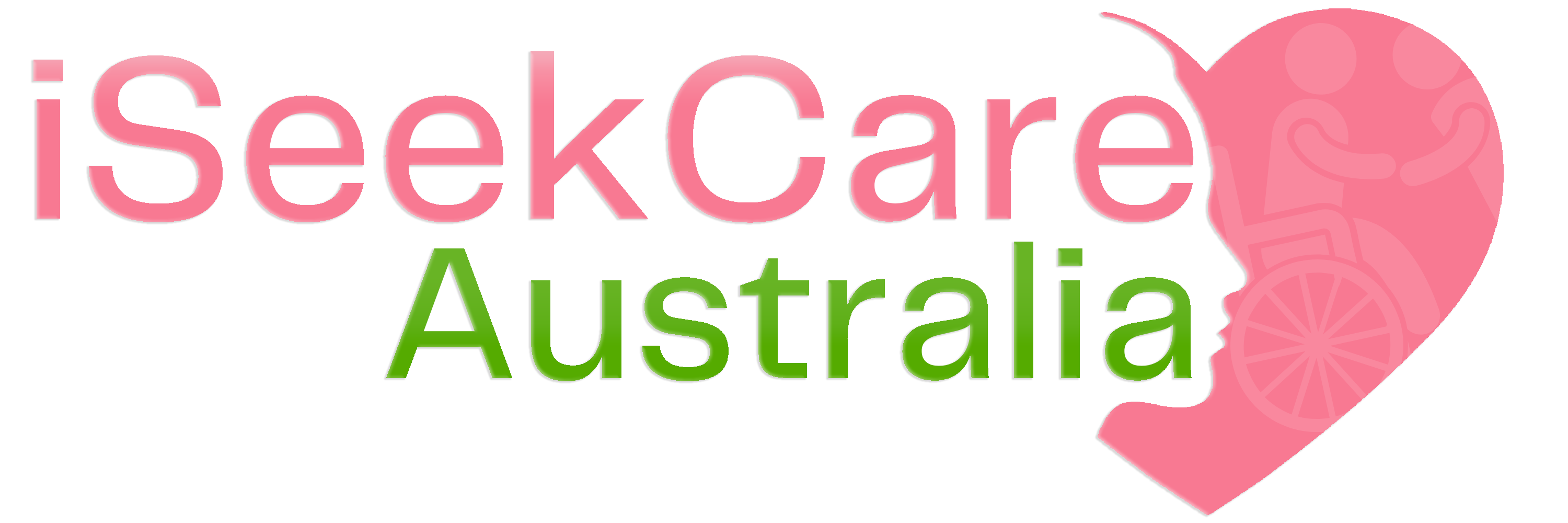Designing Dignity: The Evolution of Adaptive Clothing for Physical Disabilities
As our population ages and the number of individuals living with disabilities increases, it’s critical that we continue innovating and addressing the needs of this community. One such area of innovation is adaptive clothing. These garments are designed to provide comfort, mobility, and independence to people with physical disabilities. Many clothing companies have recognised the need and are now incorporating it into their product lines. In this blog post, we will explore the evolution and how it is changing the lives of people with physical disabilities.

1. A Brief History of Adaptive Clothing
It has been around for centuries but was primarily used by the medical community. Early it was typically custom-made and expensive. It wasn’t until the 1980s that we saw adaptive designs with functional and fashionable attributes. In the 1990s, clothing companies began designing for people with disabilites. Clothing lines for people with disabilities focused on compliance and function so that customers wouldn’t look different.
2. The Need for Adaptive Clothing
Individuals with physical disabilities often face difficulty in dressing themselves because of functional mobility, limitations, and discomfort due to the use of medical equipment. Adaptive clothing addresses these issues by providing easy access to openings for medical devices, specialized zippers, and Velcro closures. It is not always easy or safe for these people to lift their limbs or reposition themselves, so it ensures that getting ready each day is a manageable process.
3. The Benefits of Adaptive Clothing
One of the significant advantages of adaptive clothing is that it allows people with disabilities to maintain their independence. They don’t have to ask for help with dressing or changing. They won’t accidentally fall off a chair, lose a balance, or get hurt while getting dressed. It addresses many of the physical and psychological challenges people with disabilities face, such as pain, discomfort, and embarrassment. The importance of personal choice and dignity cannot be overlooked, and adaptive clothing empowers individuals while reducing logistical and emotional stressors.
4. The Future of Adaptive Clothing
The industry is continuing to grow and evolve. Companies are listening to customer feedback and incorporating their suggestions in designs. ModCloth has already made convertible pieces of clothing that cater to those who use wheelchairs. Nike has also entered the market, with its FlyEase shoe, which has no ties, making it easy for people with disabilities to slip them on and off.
Conclusion:
It is one of the critical innovations in simple, easy-to-use fashion technology, allowing people with disabilities to maintain their personal hygiene and independence. It’s no wonder that so many companies are expanding into adaptive fashion lines. This progressive clothing style enables individuals with physical limitations to live their lives easily while maintaining dignity and comfort. To achieve this, ongoing product development, constructive customer feedback, and an understanding of the needs of people with disabilities will be crucial. As long as we keep promoting this type of fashion, we can help transform people’s lives and leave a lasting legacy of inclusivity.



